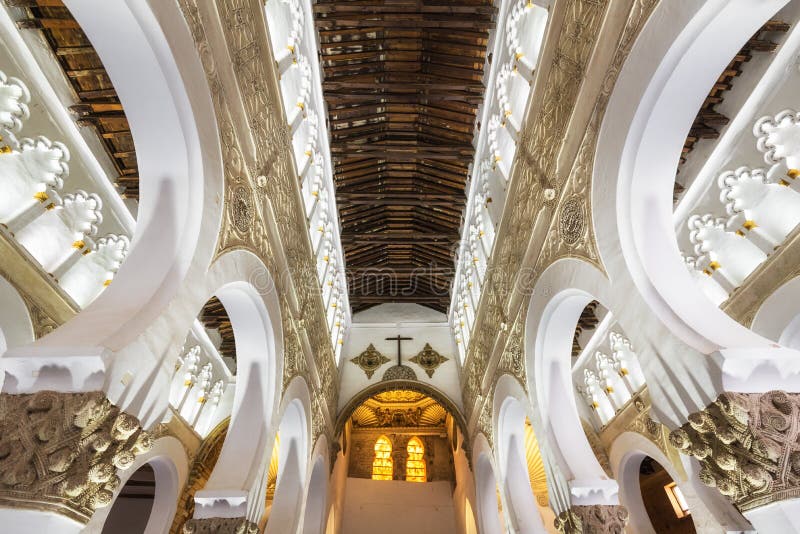Have you ever wanted to visit a place not just for all the fun things to do or the views but specifically something that regards the art work, architecture, and the stories behind them? Do you ever want to find a quiet and historical place of value among the city? Well here are some gorgeous paintings you can come see at the Toledo Museum of Art. They have many different historical pieces of work and the history behind these works is just astonishing. Some of the places you can visit are Santa Maria la Blanca and San Juan de los Reyes. These classical buildings give way into the architectural displays of what the Toldeo, Spain offers.

To start your day of architectural adventure, you may begin at the monastery of San Juan de los Reyes (St. John of the Monarchs), an exquisite Franciscan monastery originally built in the 15th century to celebrate the 1476 victory at the battle of Toro, which united Spain. This monastery was intrusted into the province Franciscan of Castille. The location of the monastery being separated by the population by the Tagus river and housing called “the Cigarrales” causes a community to come together. Within the walls of the center monastery, there is a grouping of paintings on an altar that embodies the stories of the St. Helena Cross, the resurrection of Christ, and many other hints towards the Old Testament. Although the original altar disappeared in the Napoleonic War, the current paintins and architecture display the Christian impression among its walls. San Juan de los Reyes includes alongside the original monastery, eight quiet chapels and four bodies on a ship on display.

One beautiful place is Santa María la Blanca, a synagogue-turned church in a Moorish style. This church is one of the oldest synagogues from the 1200s still standing in Europe today. This church signifies a blend of cultures from Christianity, Judaism, and Islam. In 1250 a fire devastated the church leading to its restoration in 1250 by the Castilian King Alfonso X. The rich history of this unique monument’s ability to capture an audience. The architecture is influenced by Muslim, Castilian, and Nasrid techniques such as the octagonal pillars and complex decorations of volutes and horseshoe arches. These architectural designs shaped the construction of other Spanish synagogues.

On your last stop of the day, you may want to stop by the El Greco Museum where you can find many promotional exhibitions of Don Benigno de la Vega-Inclán y Flaquer, II Marquis of Vega-Inclán (1858-1942) work based upon El Greco. El Greco’s works came from the beginning of the 17th century and influenced Toledo’s community to this day. Don Benigno is a figure used by the museum to reform the historical environments of displaying work from El Greco. El Greco is a mannerist painter of Greek and Italian training. Many of the understandings emphasized by the museum are El Greco’s influence towards contemporary painters to the present day along with disseminating and valuing remains of the Jewish quarters kept within the museum.
In conclusion, there are alot more places throughout Toledo, Spain that you can learn about its history through the arts and architectural structures. Places such as the El Greco Museum, San Juan de los Reyes and Santa Maria la Blanca provide an understanding into the blend of cultures that built the personality of the art history in Toleldo, Spain.
